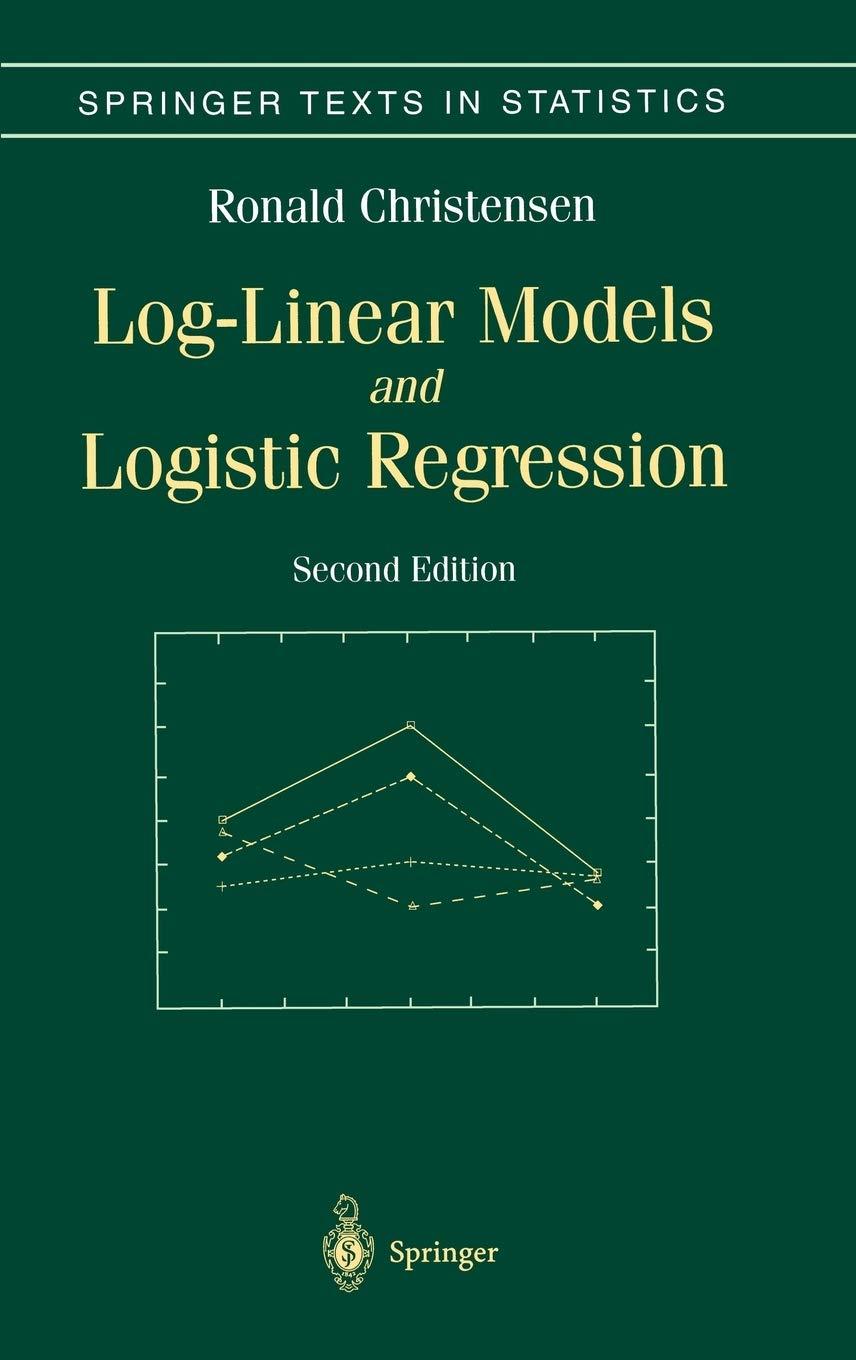In a Newsweek article on The Wisdom of Animals (May 23, 1988), one of the key issues
Question:
In a Newsweek article on “The Wisdom of Animals”
(May 23, 1988), one of the key issues considered was whether animals (other than humans) understand relationships between symbols. Some animals can associate symbols with objects; the question is whether they can tell the difference between commands such as “take the red ball to the blue ball” and “take the blue ball to the red ball.” In discussing sea lions, it was indicated that out of a large pool of objects, they correctly identify symbols 95% of the time but are only correct 45% of the time on relationships.
Presumably, this referred to a simple relationship between two objects; for example, a sea lion could be shown symbols for “blue ball,” “take to,”
“red ball.” It was then concluded that, “considering the number of objects present in the pool, the odds are exceedingly long of getting even that proportion [45%] right by sheer chance.” Assume a simple model in which sea lions know the nature of the relationship (it is repeated in a long series of trials), e.g., take one object to another, but make independent choices for identifying each object and the order in the relationship. Assume also that they have no idea what the correct order should be in the relationship, i.e., the two possible orders are equally probable. Compute the probability a sea lion will perform the task correctly. Why is the conclusion given in the article wrong? What does the number of objects present in the pool have to do with all this?
Step by Step Answer:

Log Linear Models And Logistic Regression
ISBN: 9780387982472
2nd Edition
Authors: Ronald Christensen






